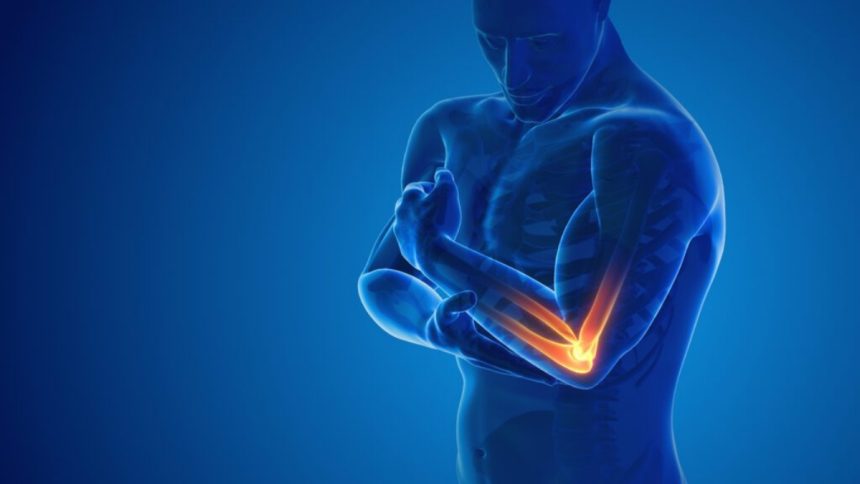Chronic pain is an unfortunate reality for many people after suffering an injury. Whether from a car accident, sports-related incident, or workplace injury, the aftermath often leaves people dealing with ongoing discomfort that lasts long after the initial healing phase. Managing chronic pain effectively is crucial to improving quality of life and maintaining day-to-day functionality.
Understanding Chronic Pain
Chronic pain is defined as pain that persists for more than three to six months. Unlike acute pain, which signals the body to heal, chronic pain serves no protective function and can continue even after the injury has healed. This type of pain affects millions of people worldwide, especially those who have suffered physical injuries.
Injuries such as broken bones, torn ligaments, or nerve damage can lead to long-term pain. For instance, someone who has been in a car accident might develop chronic back or neck pain due to whiplash. Athletes who experience repetitive strain injuries can develop ongoing joint or muscle pain. In some cases, even after the physical damage has healed, the nervous system continues to send pain signals, creating chronic discomfort.
Common forms of injury-related chronic pain include:
- Back pain: Often due to herniated discs or spinal cord injuries.
- Joint pain: Resulting from sprains, fractures, or arthritis that develops after injury.
- Nerve pain: Damage to nerves can lead to conditions like sciatica or neuropathy, which cause persistent shooting or burning sensations.
Understanding how these types of pain arise is the first step in finding ways to manage and alleviate them.
Medical Treatments for Chronic Pain
Medical treatments for chronic pain can vary depending on the type and intensity of the pain, as well as the underlying injury that caused it. Here are some of the most common medical interventions:
Prescription Medications Doctors often prescribe medications to manage chronic pain. These can include:
Pain relievers: Nonsteroidal anti-inflammatory drugs (NSAIDs) like ibuprofen or stronger opioid medications for severe pain.
Muscle relaxants: To relieve muscle spasms and tension.
Nerve pain medications: Drugs like gabapentin or pregabalin specifically target nerve pain.
It’s important to follow a healthcare provider’s recommendations when using these medications, as prolonged use—especially of opioids—can lead to dependency or side effects.
Physical Therapy Physical therapy is a key treatment for managing chronic pain, particularly for musculoskeletal injuries. A physical therapist will guide patients through exercises that strengthen muscles, improve mobility, and reduce pain. This approach helps address the root cause of the pain rather than simply masking it.
Injections For localized pain, injections can provide relief. Corticosteroid injections reduce inflammation in areas like joints or around nerves. Nerve blocks, which involve injecting an anesthetic around specific nerves, can help manage nerve-related pain.
Medical treatments can provide significant relief, but they are often most effective when combined with non-medical approaches.
Non-Medical Approaches to Pain Management
Non-medical approaches are critical components of long-term pain management. They help patients address lifestyle factors that may worsen pain and introduce alternative ways of reducing discomfort.
Maintaining a healthy lifestyle can make a significant difference in managing chronic pain. Regular, gentle exercise such as walking, swimming, or yoga can strengthen muscles and improve flexibility. This not only helps with pain relief but also prevents further injury. A balanced diet rich in anti-inflammatory foods like fruits, vegetables, and omega-3 fatty acids can also reduce pain caused by inflammation.
Chronic pain can be worsened by stress, as tension and anxiety cause muscles to tighten and pain levels to increase. Techniques like meditation, mindfulness, and deep breathing exercises can help manage stress and reduce pain levels. These practices calm the nervous system, making it less likely to send pain signals.
Many people find relief through alternative therapies. Acupuncture, for example, has been shown to reduce pain by stimulating nerves and muscles. Chiropractic care and massage therapy can also help alleviate chronic pain by addressing musculoskeletal imbalances and reducing tension.
Psychological Support
The emotional and psychological toll of chronic pain cannot be overlooked. Living with constant discomfort can lead to anxiety, depression, and feelings of helplessness. It’s important to address the mental health aspect of pain management to ensure overall well-being.
Counseling and Cognitive Behavioral Therapy (CBT) is a form of therapy that helps individuals change negative thought patterns and behaviors related to their pain. It teaches coping strategies for managing pain and reducing its emotional impact. Regular counseling can also provide a safe space to express frustrations and work through the mental challenges of living with chronic pain.
Connecting with others who are going through similar experiences can provide emotional support. Support groups—whether in person or online—offer a sense of community and shared understanding. Hearing how others manage their pain can inspire new approaches and remind people they are not alone.
Creating a Personalized Pain Management Plan
Every person’s experience with chronic pain is unique, so it’s essential to develop a personalized management plan. This plan should take into account the individual’s specific type of pain, lifestyle, and preferences.
Work with Healthcare Professionals: A team approach is often best. This can include physicians, physical therapists, mental health counselors, and alternative medicine practitioners. Together, they can develop a plan that combines medications, physical therapy, psychological support, and alternative treatments.
Set Realistic Goals: Managing chronic pain doesn’t necessarily mean eliminating it entirely. Setting realistic, achievable goals—such as reducing pain to a manageable level, improving mobility, or enhancing quality of life—can help people stay motivated and focused on progress.
Regularly Adjust the Plan: Chronic pain management is not static. As the body heals or as new challenges arise, the management plan may need to be adjusted. Regular check-ins with healthcare providers ensure that the plan remains effective.
Chronic pain after an injury can be challenging, but it is manageable with the right strategies. By combining medical treatments, lifestyle adjustments, psychological support, and personalized care, individuals can regain control over their lives and reduce the impact of pain. Remember, a holistic approach that addresses both the body and mind is key to long-term pain management. If chronic pain is affecting your daily life, seek professional guidance to find the best combination of treatments for you.
Lynn Martelli is an editor at Readability. She received her MFA in Creative Writing from Antioch University and has worked as an editor for over 10 years. Lynn has edited a wide variety of books, including fiction, non-fiction, memoirs, and more. In her free time, Lynn enjoys reading, writing, and spending time with her family and friends.















